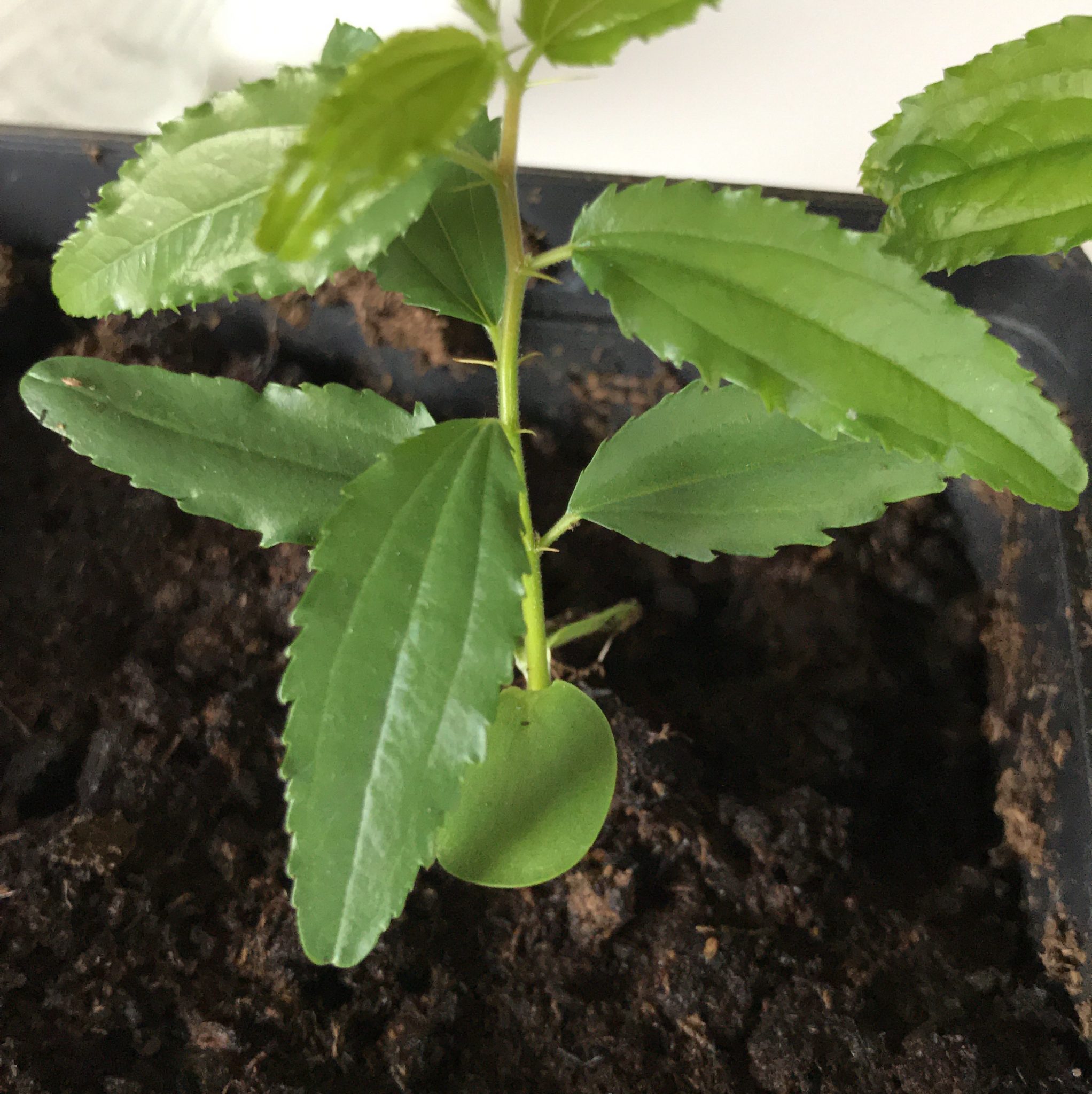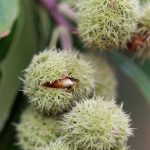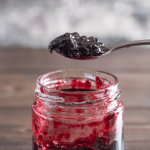Bird Feeding: The Benefits of Going Local
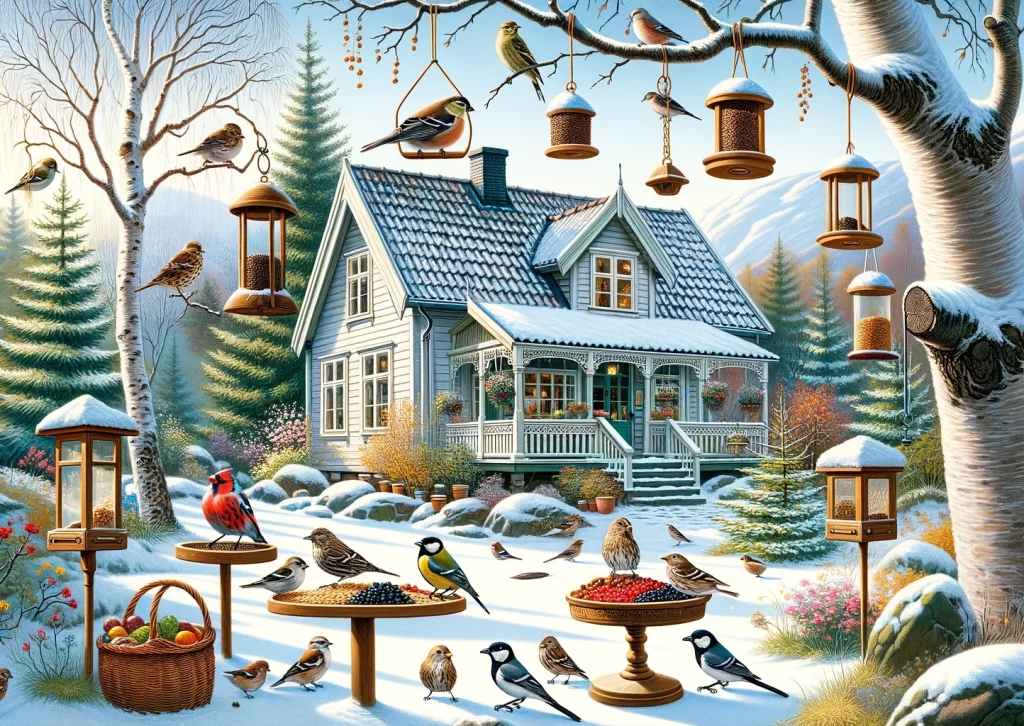
Birdwatching and feeding wildlife have long been activities that bring joy to many, offering a simple yet profound connection with nature. For those who engage in this practice, the convenience of store-bought bird food is often the go-to option. However, as we become increasingly aware of the environmental impact of our choices, the concept of sustainable bird feeding through locally sourced wildlife food is gaining attention.
In regions where winter or other seasonal changes result in limited natural food availability for birds, supplemental feeding can make a significant difference. Drawing from scientific studies and community experiences, this article will guide you through the multiple benefits of choosing locally sourced options for feeding your feathered friends.
Understanding Local Wildlife and Their Dietary Needs
Overview of Common Small Birds in Norway
Norway, with its diverse landscapes and climates, is home to a variety of small birds that captivate both casual observers and avid birdwatchers. Species such as the European Robin, Blue Tit, and Great Tit are common sights in gardens and backyards. These birds, along with others, play a vital role in maintaining ecological balance.
BirdLife Norge and Community Engagement
BirdLife Norge is a voluntary nature conservation organization focusing on birds and bird protection. One of their initiatives is an annual event where ordinary people are encouraged to register the birds they observe in their gardens. This event, known as “Fugler ved foringsplassen”, allows individuals to contribute to a nationwide effort to monitor and understand bird populations. By engaging the community in such activities, BirdLife Norge fosters a sense of responsibility and connection to local wildlife.
Importance of Native Diets
Understanding and respecting the natural diets of these birds is crucial for their health and well-being. Birds have evolved to thrive on diets that are readily available in their native habitats. For instance, the European Robin primarily feeds on insects, fruits, and seeds, while the Blue Tit prefers a diet rich in caterpillars and seeds.
Providing food that closely mimics their natural diet can prevent malnutrition and contribute to their overall health. Especially during seasons when food is scarce, such as winter, supplemental feeding can be beneficial. However, it is essential to ensure that the food provided is suitable and nutritious for the local avian population.
By focusing on the dietary needs of small birds and participating in community-driven initiatives, individuals can contribute positively to the local ecosystem and enjoy the delightful presence of these feathered friends in their surroundings.
The Environmental Impact of Locally Sourced Wildlife Food
Reduced Carbon Footprint
Opting for locally sourced wildlife food can significantly reduce the carbon footprint associated with feeding practices. Traditional store-bought bird food often undergoes extensive transportation and packaging processes. In contrast, sustainable bird feeding practices, such as using local sources, minimize the need for long-distance transportation and excessive packaging.
Prevention of Invasive Species
Locally sourced food also plays a role in preventing the spread of invasive species. Introducing non-native food can inadvertently lead to the proliferation of species that may disrupt the local ecosystem. By choosing food that is native and naturally occurring in the region, individuals can contribute to maintaining ecological balance.
Support to Local Ecosystems
Feeding local wildlife with locally sourced food also supports the broader ecosystem. Birds play a crucial role in seed dispersal, pest control, and pollination. By providing them with food that is part of their natural diet, individuals can ensure that birds continue to contribute to the health of local plants and insects.
Applicability to Regions with Scarce Food Seasons
While this information is broadly applicable, it is particularly relevant to areas where food for birds becomes scarce during certain seasons, such as winter. In such regions, supplemental feeding can provide vital support to local bird populations and, by extension, the entire ecosystem.
Scientific Insights into Winter Feeding
Winter Feeding and Bird Productivity
Scientific studies have delved into the effects of winter feeding on bird populations. One such study titled “Winter Feeding of Birds Increases Productivity in the Subsequent Breeding Season” found that providing supplemental food during winter can have a positive impact on bird productivity in the following breeding season. The research suggests that the additional nourishment birds receive during the harsh winter months can lead to increased reproductive success.
Challenges Faced by Farmland Birds
Another study, “Farmland Birds and Late Winter Food: Does Seed Supply Fail to Meet Demand?”, highlights the challenges faced by farmland birds due to low food availability in late winter. The study suggests that current farming practices may not provide sufficient food for these species during this critical period, leading to poor overwinter survival rates.
Implications for Backyard Feeding
These findings underscore the potential benefits of supplemental feeding, particularly in regions where natural food sources become scarce during winter. By providing locally sourced and suitable food in backyards, individuals can contribute to supporting local bird populations and ensuring their well-being and productivity.
A Balanced Approach
While the studies indicate positive outcomes from winter feeding, it is essential to approach the practice with a sense of responsibility and balance. Ensuring that the food provided aligns with the natural diets of the local bird species is crucial.
Economic and Community Benefits
Supporting Local Farmers and Suppliers
Choosing locally sourced wildlife food not only benefits the environment and bird populations but also has positive economic implications. By purchasing sustainable, locally produced seeds, fruits, and other bird foods, individuals contribute to the local economy and support small-scale farmers and suppliers.
Community Engagement and Partnerships
Locally sourced wildlife food can also foster community engagement and collaboration. By partnering with local wildlife organizations, such as BirdLife Norge, individuals and communities can participate in initiatives that promote bird conservation and sustainable practices.
Educational Opportunities
Engaging in local sourcing and feeding practices can also serve as an educational opportunity. Communities can learn about the native bird species, their dietary needs, and the role they play in the ecosystem. Schools and educational institutions can incorporate these practices into their curriculum, fostering a sense of responsibility and environmental stewardship among the younger generation.
Strengthening Local Economies
By prioritizing local suppliers and engaging in community-driven initiatives, individuals can play a role in strengthening local economies and fostering sustainable practices. This approach ensures that the benefits of wildlife feeding extend beyond ecological gains, contributing to social and economic well-being.
Quality and Freshness of Local Produce
Superior Freshness and Quality
Locally sourced wildlife food often boasts superior freshness and quality compared to store-bought options. Since the food doesn’t have to travel long distances, it can be harvested at peak ripeness and delivered promptly, ensuring that the birds receive nutrient-rich food.
Nutritional Benefits for Wildlife
The nutritional content of food is crucial for the health and survival of birds, especially during seasons when food is scarce. Locally sourced food is more likely to align with the natural diets of local bird species, providing them with the necessary nutrients and energy. For instance, seeds, fruits, and insects native to a region are likely to be more nutritionally suitable for the local bird population.
Local Alternatives: A Case Study
To illustrate the benefits of local alternatives, consider the example of commonly used store-bought foods such as peanuts and coconuts versus local alternatives available in Norway. While peanuts and coconuts are popular bird foods, they are not native to Norway and may not be the most suitable option for local birds. On the other hand, native seeds, berries, and insects can provide a more balanced and nutritious diet.
Ensuring Suitability and Safety
When selecting locally sourced food, it is essential to ensure that it is safe and suitable for the local bird species. This involves understanding the dietary needs of the birds and ensuring that the food provided aligns with their natural diets.
How to Source and Provide Local Wildlife Food
Where to Source Local Food
Locally sourced wildlife food can be obtained from a variety of places. Farmers’ markets, local farms, and community gardens are excellent sources of fresh and native produce suitable for birds. Sustainable bird feeding practices, such as creating homemade bird feeders filled with native seeds, can be a rewarding and engaging way to feed local birds.
DIY Wildlife Food
Creating your own wildlife food using local ingredients is another viable option. For instance, homemade bird feeders filled with native seeds, fruits, or suet can be a sustainable and engaging way to feed local birds.
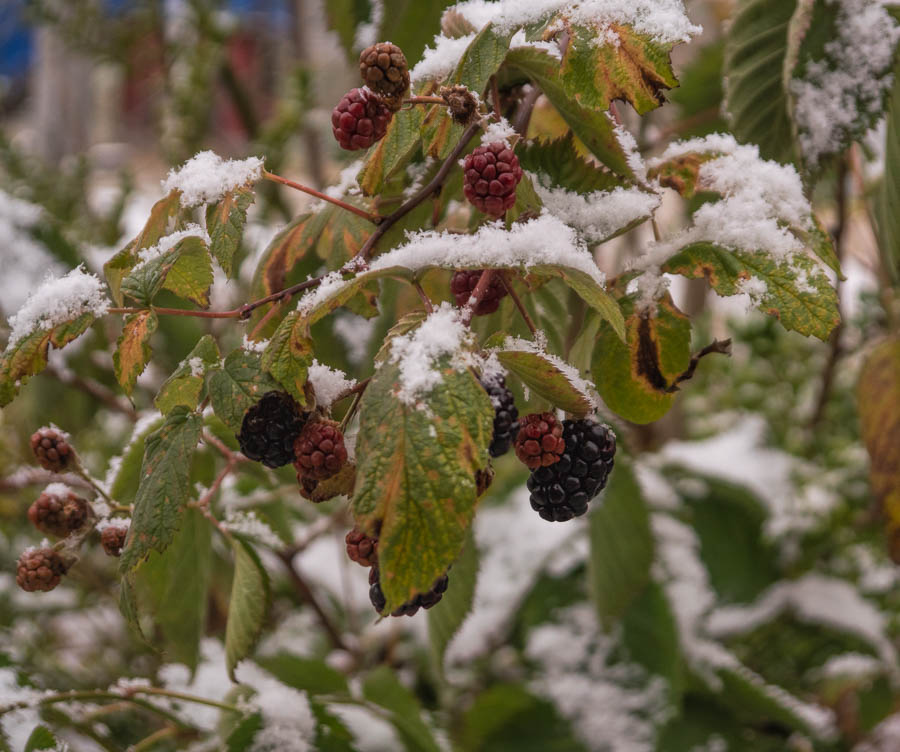
A few years ago, a new variety of Blackberry (Rubus fruticosus) was introduced to the garden, promising fewer thorns and an abundant harvest. This year marked the first successful yield, but as seen in the photo, the timing seems a bit off. Amidst a blanket of snow, a few ripe berries stand out, while others are yet to mature.
Some might see this late harvest as a failure, but if we can’t enjoy these berries, I’m certain that the birds will. While achieving total self-sufficiency in providing homegrown food for our feathered friends may be challenging, every bit helps. Our garden is also home to other plants, such as the Common Holly, which some birds love and help themselves to during the winter.
The unexpected sight of these late-season fruits, nestled against the snowy backdrop, raises questions about the changing seasons and the adaptability of our chosen plants. Yet, it also highlights the potential of our gardens to support local wildlife in every season.
Legal and Safety Considerations
While the focus of this article is on small birds, it’s important to be aware of legal considerations when feeding wildlife. In Norway, there are regulations concerning the feeding of large predators. However, an exception exists for golden eagles, unless otherwise specified by the county governor. Always ensure that your practices adhere to local laws and guidelines.
Brief Note on Legal Considerations in Norway
In Norway, there are specific regulations concerning the feeding of large predators such as lynx, wolf, brown bear, and golden eagle. An exception exists for golden eagles, where laying out bait is allowed unless otherwise specified by the county governor. It’s important to do your due diligence before engaging in wildlife feeding activities. For more details, you can refer to Norwegian law.
Conclusion
The practice of feeding wildlife, particularly small birds, is a cherished activity that fosters a deep connection with nature. As we navigate the challenges of environmental sustainability, the choice of locally sourced wildlife food emerges as a responsible and beneficial alternative. This approach not only supports the health and well-being of local bird populations but also contributes to environmental conservation, community engagement, and economic growth.
Scientific studies and community experiences both underscore the myriad benefits of this practice, especially in regions where natural food sources become limited during certain seasons. By choosing locally sourced food, individuals can ensure that they provide nutritious, suitable and sustainable sustenance to birds, supporting their survival and productivity.
As we strive to make informed and sustainable choices, embracing locally sourced wildlife food offers a way to positively impact our local ecosystems and communities. It encourages a collective effort to protect and nurture the diverse bird species that grace our gardens and backyards, enriching our lives in the process.
Explore More: Creating a Wildlife Haven in Your Garden
Dive deeper into the world of sustainable gardening and wildlife conservation by exploring our article on Attracting Wildlife: How to Attract Diverse Wildlife to Your Garden. Discover practical tips and insights on how to transform your outdoor space into a thriving sanctuary for local fauna. From planting choices to habitat creation, learn how you can make a positive impact on your local ecosystem.

